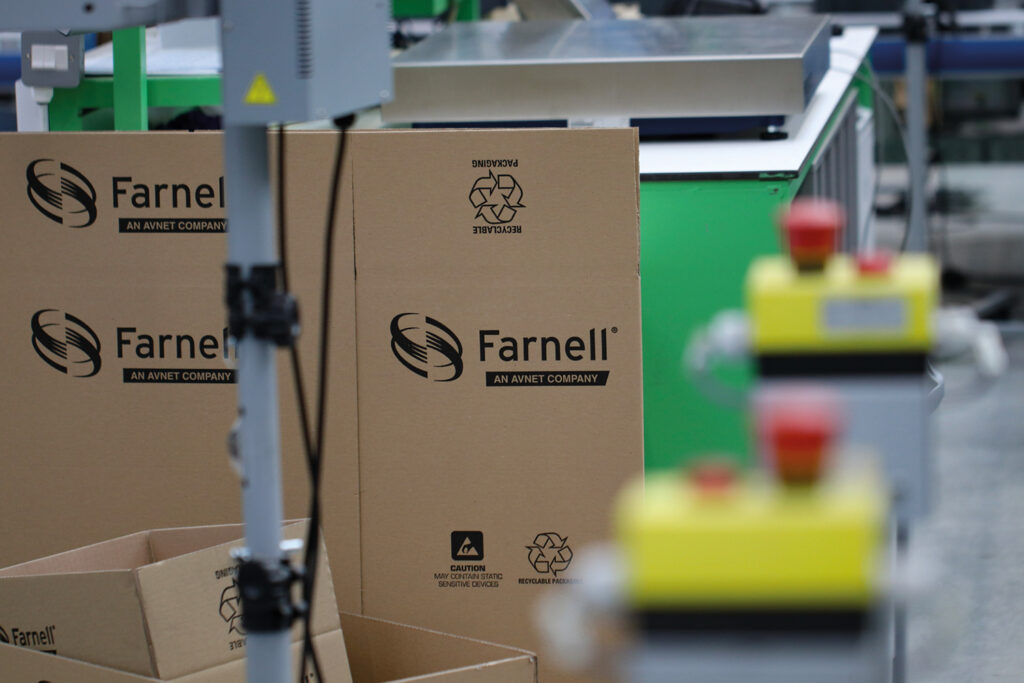Farnell’s regional sales director Northern Europe, Mathew Thorpe, explains how forensic planning and preparation lay the groundwork for reliable supply in volatile markets.

While the electronics industry was worried about Brexit, the effects on supply chains was minimal. The Coronavirus pandemic was a different story. The sector was hit by: a worldwide semiconductor shortage; increased logistics costs through higher shipping container rates (rising nearly 10-fold); an acute shortage of lorry drivers; and significant disruption to ocean freight through staff either being ill or isolating. Rather than abating as restrictions began to ease, pressures increased on suppliers who saw demand not only return to pre-pandemic levels but increase beyond all expectations due to the surge in demand for home-working technology systems and at-home entertainment.
External forces beyond manufacturers’ and suppliers’ control have seen reduced air freight capacity, while for national deliveries, local lockdowns and other restrictions made it harder to move components. There was a risk of semiconductor suppliers sitting on surplus component stock that could not be delivered to customers who needed them.
Electronic components have experienced the worst supply issues of any commodities market. Prices have risen across the board and industry has been unable to shoulder these costs on its own—some inevitably passing them on to customers.
While these problems have been challenging enough, forecasting how long supply chains will be affected by Covid-driven constraints has been virtually impossible. Some observers predict problems will persist into 2023 and the semiconductor market will not see real stability until 2024, particularly for discrete, power, analog and microcontroller products. Rebuilding capacity takes time.
So, how can the industry protect against possibilities of future product shortages, higher logistics costs or freight disruption? Farnell already believed semiconductor manufacturers and suppliers had to build significant levels of resilience to face down any future devastating events.
The company tackled many potential supply issues by deciding, some years ago, to invest heavily in the breadth and depth of its global inventory. Thus, by the time the pandemic struck, the company’s warehouses were holding more components than at any time in their history. Farnell had also boosted investment in its digital offering, strengthened its relationships with the world’s biggest semiconductor suppliers and brought in new supplier partners across its product range. As post-pandemic demand increased, products were readily accessible to customers who also benefited from Farnell being part of Avnet.
One lesson Farnell learned is that through forensic planning and preparation it is possible for manufacturers and suppliers to arm themselves to respond as flexibly as possible to major changes in market dynamics. No supply chain and no market wants to be pulled this way and that by external forces. Farnell has found that by acting early and fortifying supply chains (and all partners within them) it is possible to provide customers access to products they need even in the toughest market conditions.

